Tokyo is notorious for its morning commute rush with most Tokyoites enduring packed trains for an hour or more—which is precisely why I try to avoid peak hours as much as possible. Fortunately in my work, I am master of my own schedule so most of the time I can avoid the rush. Sometimes however I just have to be somewhere and so I join the throngs of salaried Tokyo office workers and carefree students.
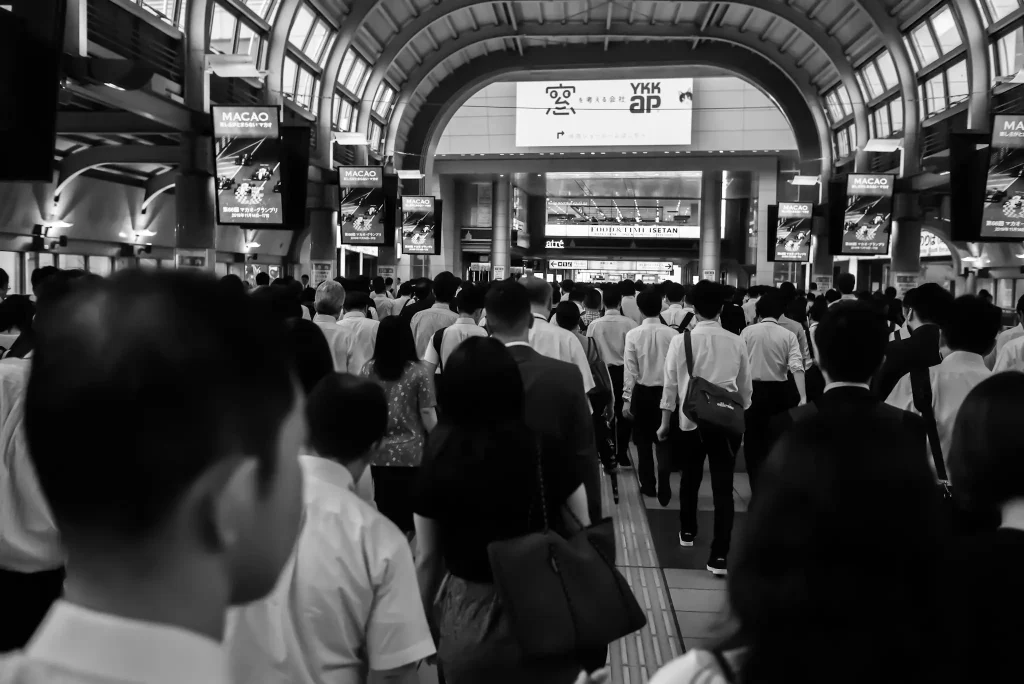
The morning rush does have its advantages though. It makes an excellent subject for street photography, and taking my camera with me on such occasions makes the rush all the more bearable.
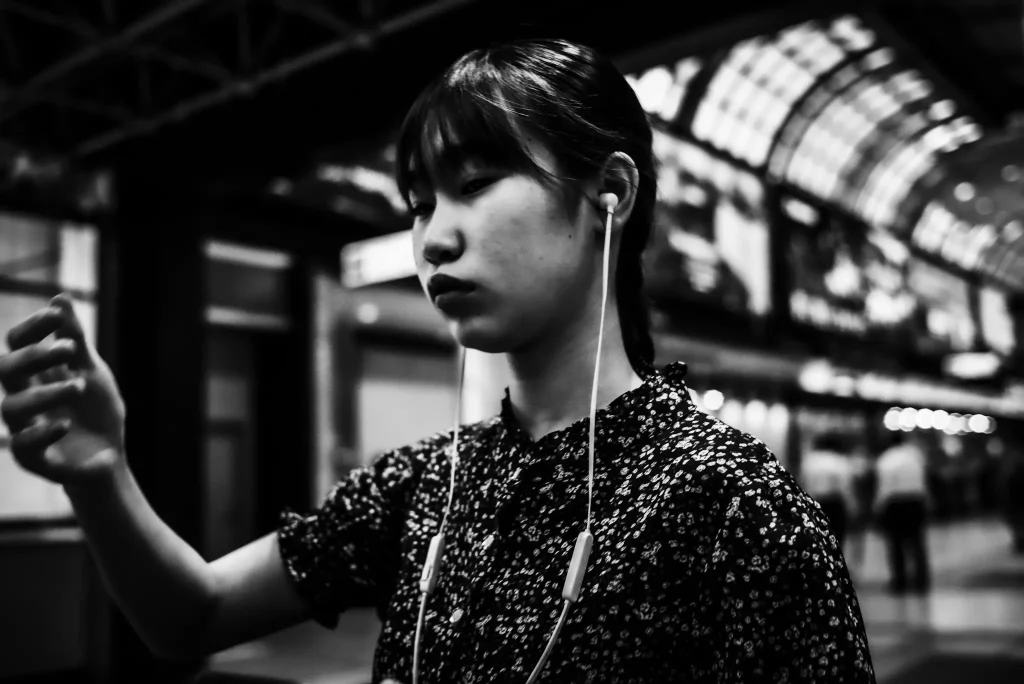
If nothing else, Tokyo is orderly. People line up dutifully, and there is rarely anyone pushing their way through the crowds. Station attendants warn people away from the tracks as trains approach, and the trains are for the most part on time down to the minute. Some lines have trains arriving once every five minutes. If a train is even a few minutes late, there is any announcement apologizing for inconveniencing passengers.
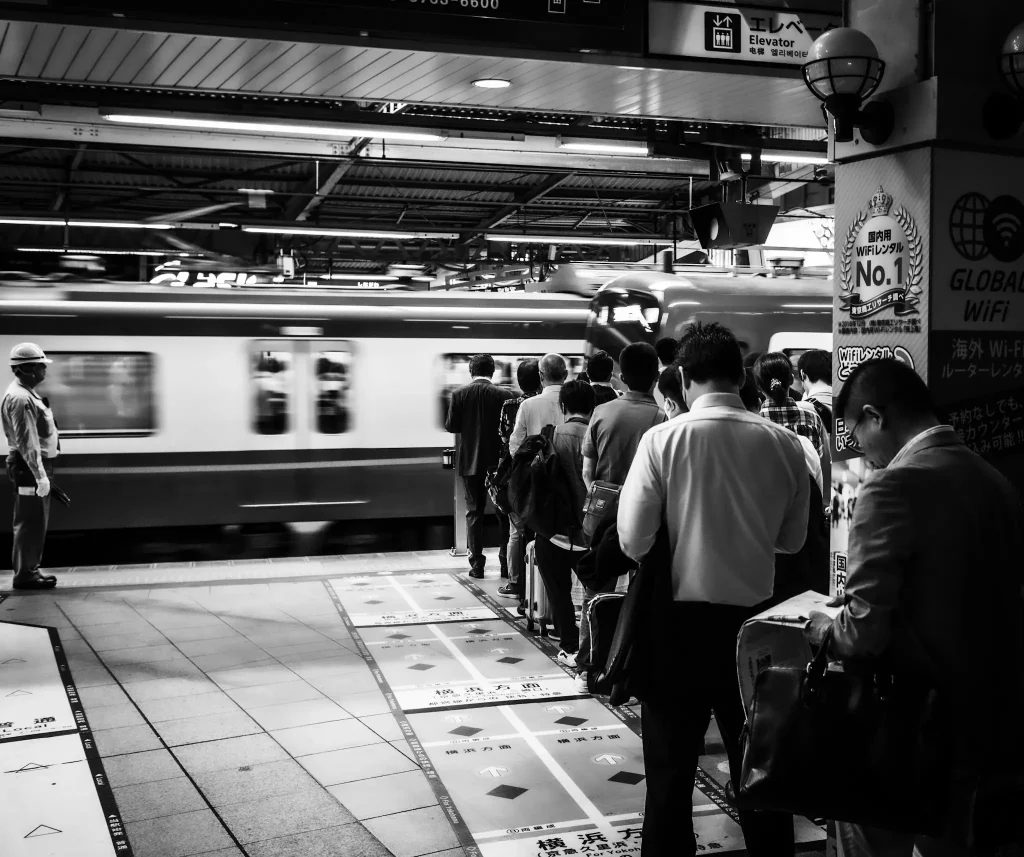
People often doze on the trains if they manage to get a seat. As the train accelerates out of a station or slows to stop at the next one it is not unusual for the head of a dozing commuter sitting next to me to end up on my shoulder then on the shoulder of the passenger on his or her other side alternating along the route. Amazingly though, sometimes commuters appear almost to be sleepwalking as they flow with the crowds through the station, only to become alert once they have reached their destination.
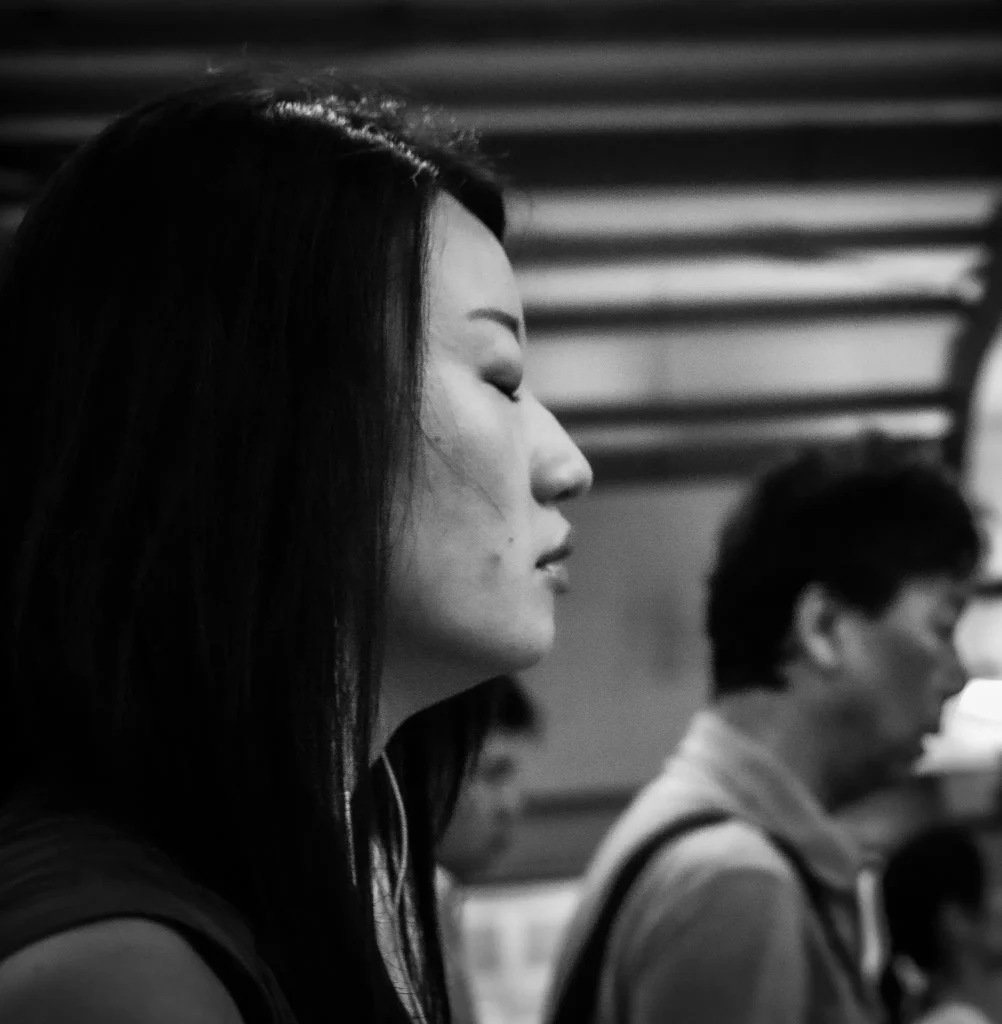
Children however have to stay alert at all times so as not to be knocked down in the zombie-like horde.
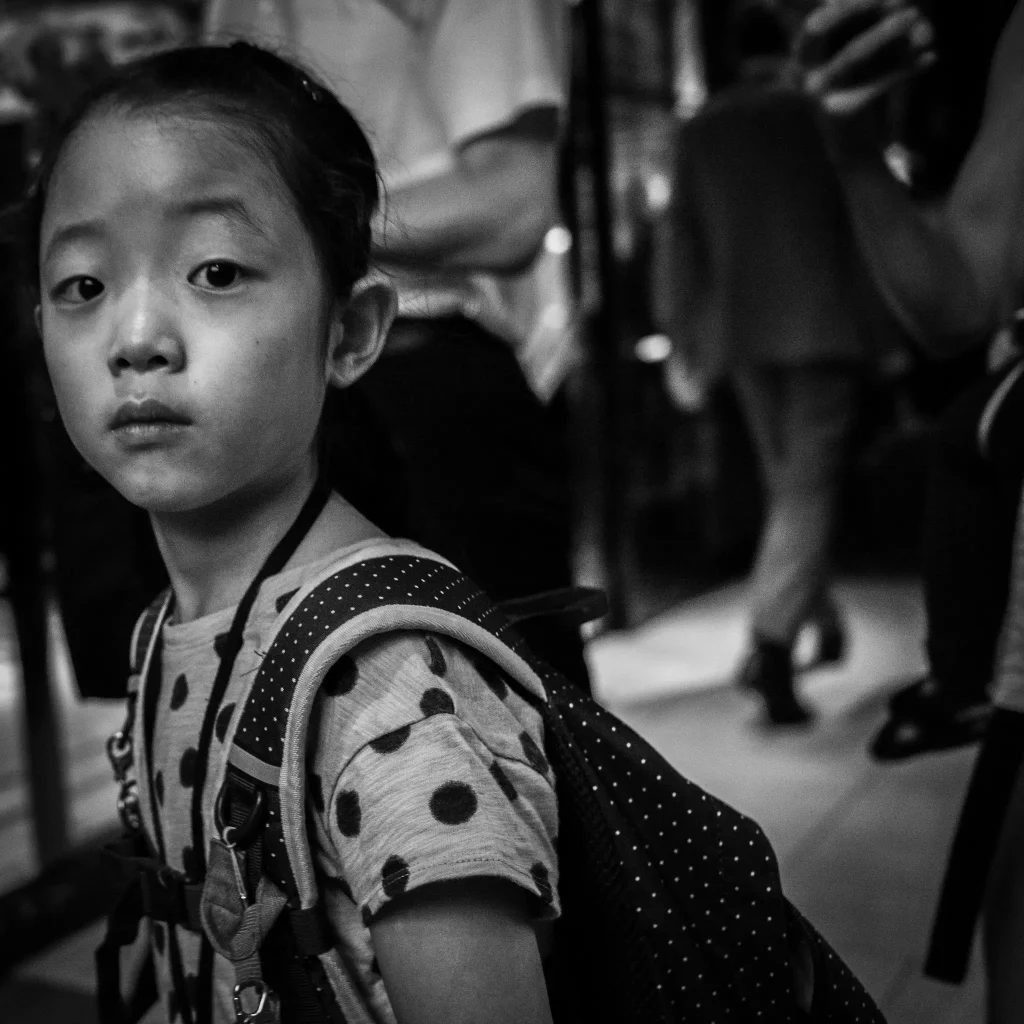
My Leica M240 has a video function, which I almost never use. However, on this particular morning the scene seemed to call for a moving image. So set my camera on a café tabletop, pushed the movie function button and left it there for a good five minutes, sipping my coffee as I pondered the view. Like a meandering river, the masses of office workers flow from the platform gates of Shinagawa Station towards their exit into the concrete jungle that is Tokyo.
The movie and the photos were all taken with a first generation Leica Summilux 50mm f/1.4 shot at f/4.
I am a street photographer who lives in Japan. If you would like to see more of my work, have a look at my website bleisteinphoto.com, or my Instagram @sbleistein
Share this post:
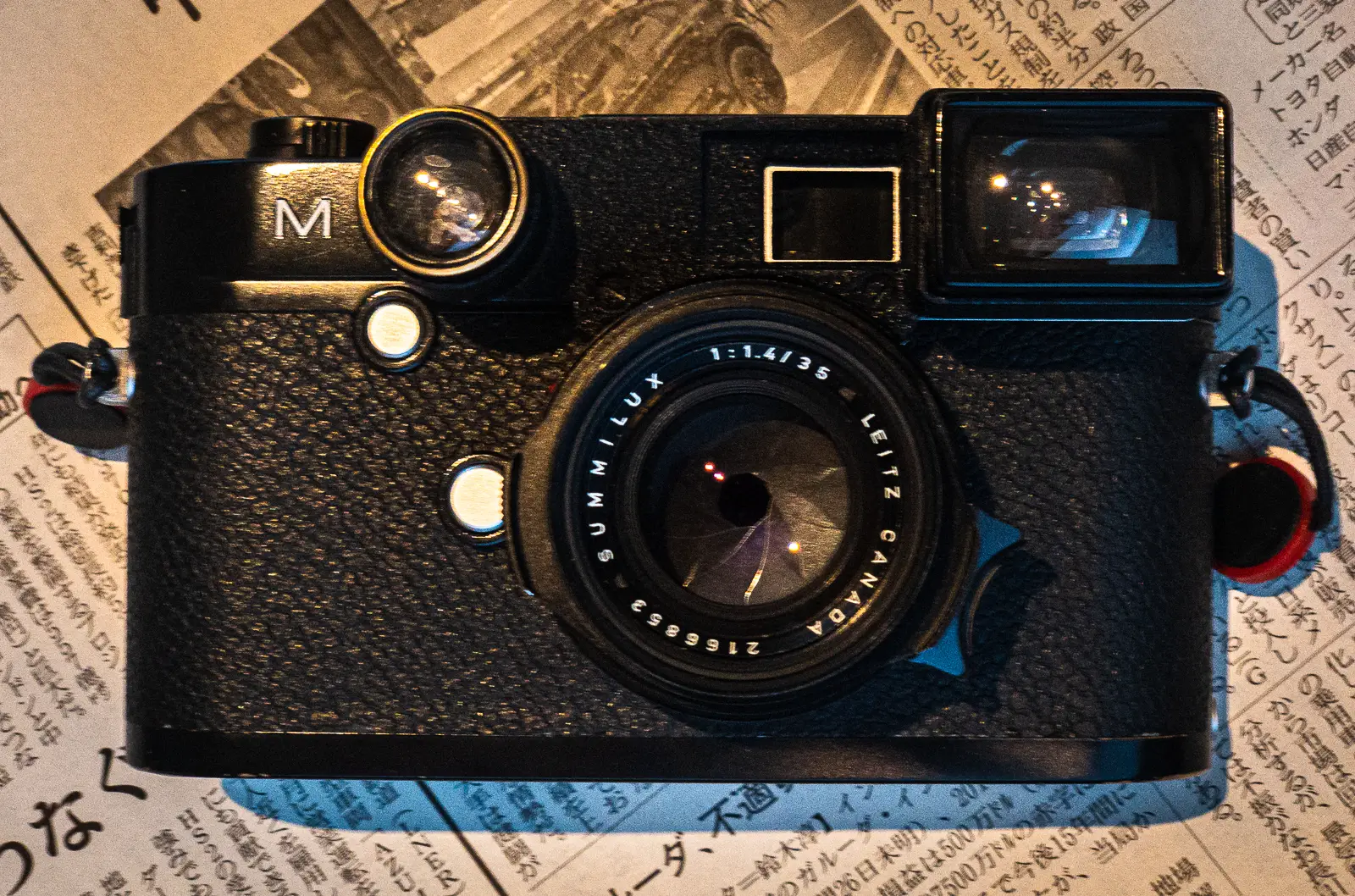
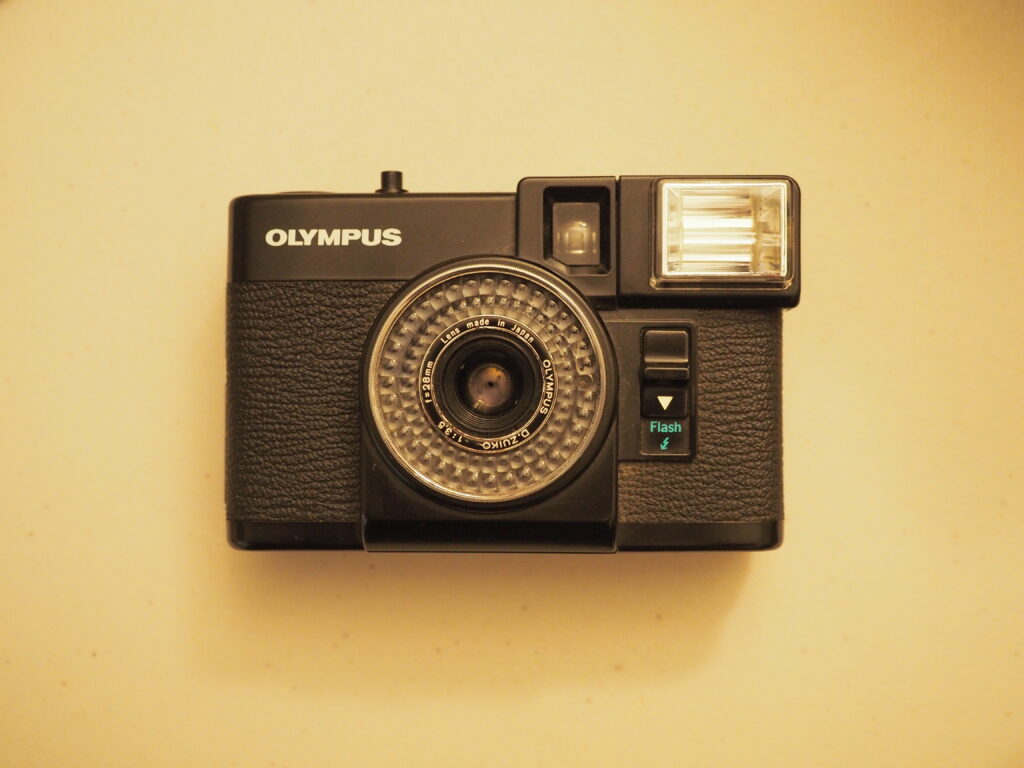
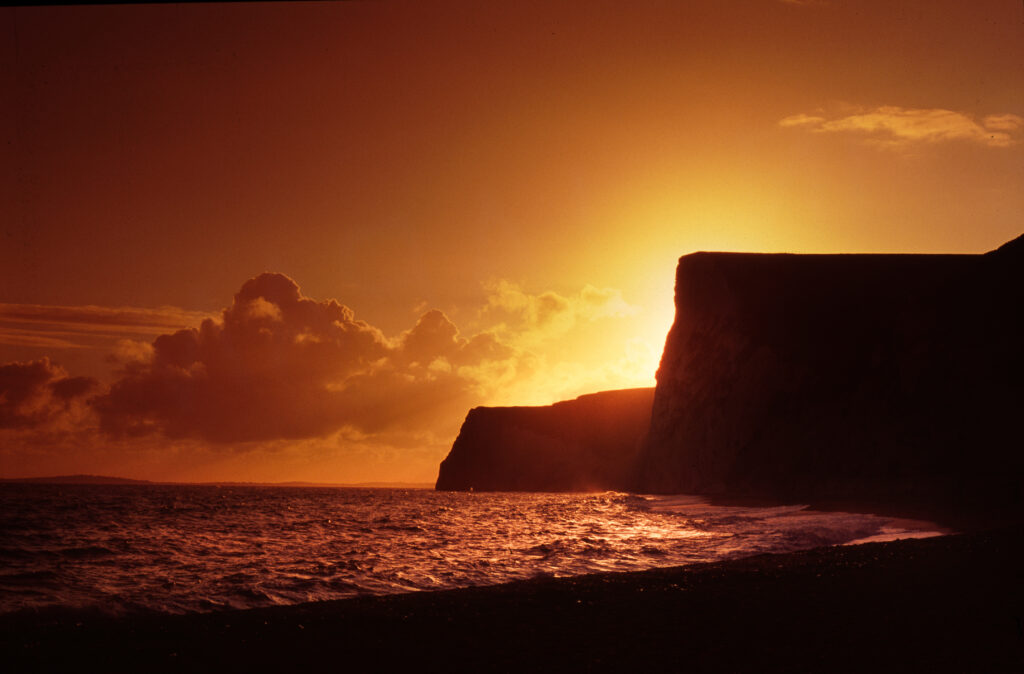
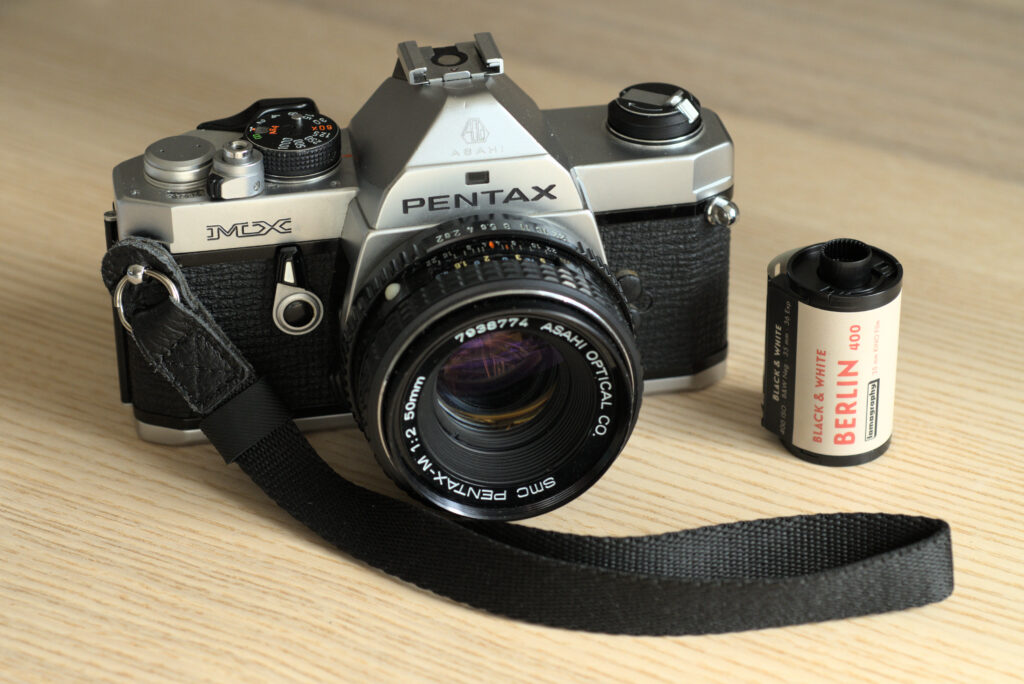
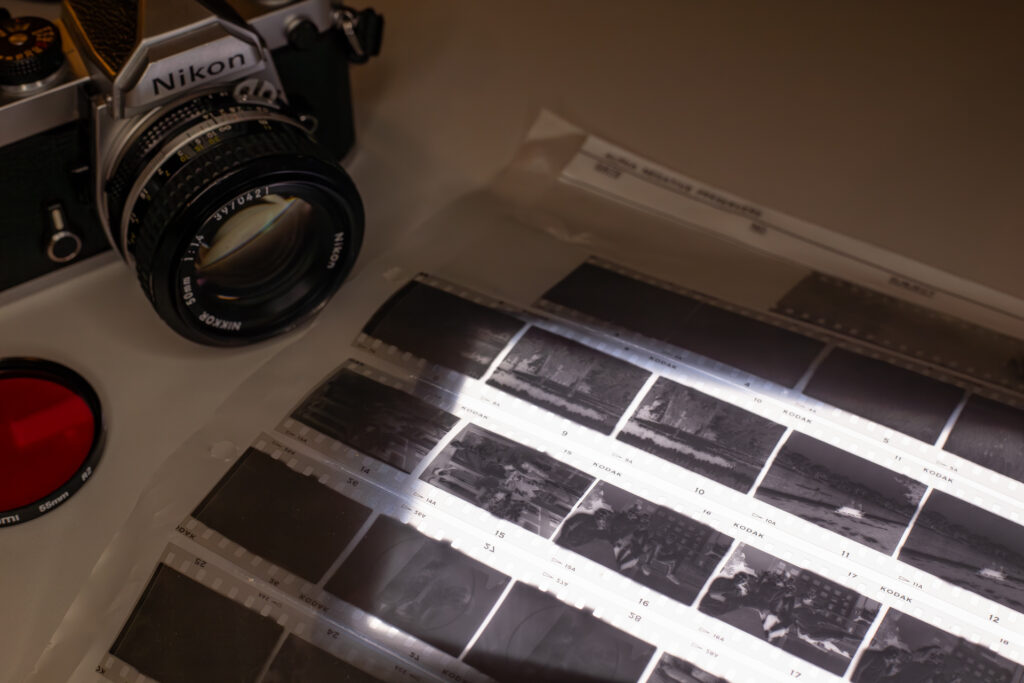




Comments
Louis A. Sousa on 5 Frames and a Movie during the Morning Rush with a Leica M240 and First Generation Summilux 35mm f/1.4 – By Steven Bleistein
Comment posted: 04/09/2019
Comment posted: 04/09/2019
David Hill on 5 Frames and a Movie during the Morning Rush with a Leica M240 and First Generation Summilux 35mm f/1.4 – By Steven Bleistein
Comment posted: 04/09/2019
Thanks, Steven
Comment posted: 04/09/2019
Steve Karsten on 5 Frames and a Movie during the Morning Rush with a Leica M240 and First Generation Summilux 35mm f/1.4 – By Steven Bleistein
Comment posted: 04/09/2019
Comment posted: 04/09/2019
Louis A. Sousa on 5 Frames and a Movie during the Morning Rush with a Leica M240 and First Generation Summilux 35mm f/1.4 – By Steven Bleistein
Comment posted: 05/09/2019
Comment posted: 05/09/2019
Comment posted: 05/09/2019
George Appletree on 5 Frames and a Movie during the Morning Rush with a Leica M240 and First Generation Summilux 35mm f/1.4 – By Steven Bleistein
Comment posted: 05/09/2019
Comment posted: 05/09/2019
Ted Ostrowski on 5 Frames and a Movie during the Morning Rush with a Leica M240 and First Generation Summilux 35mm f/1.4 – By Steven Bleistein
Comment posted: 06/09/2019